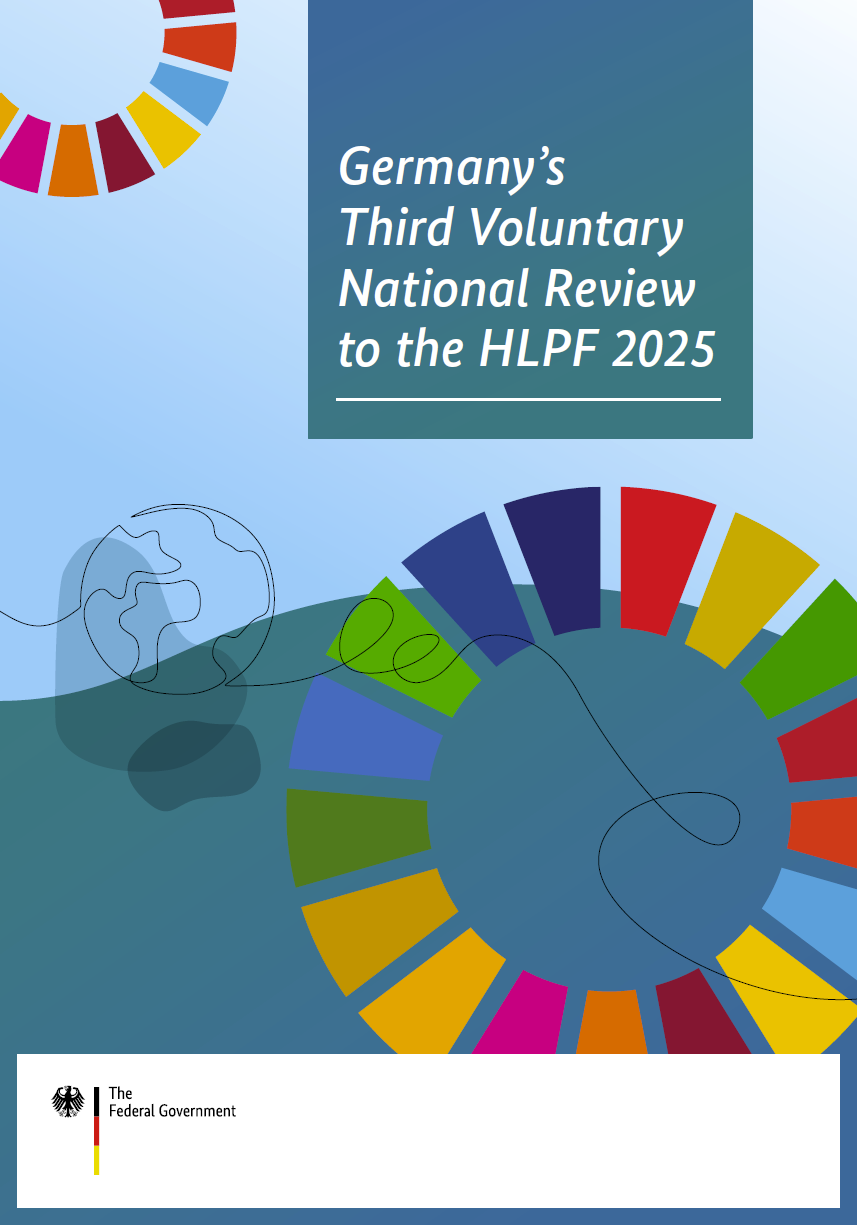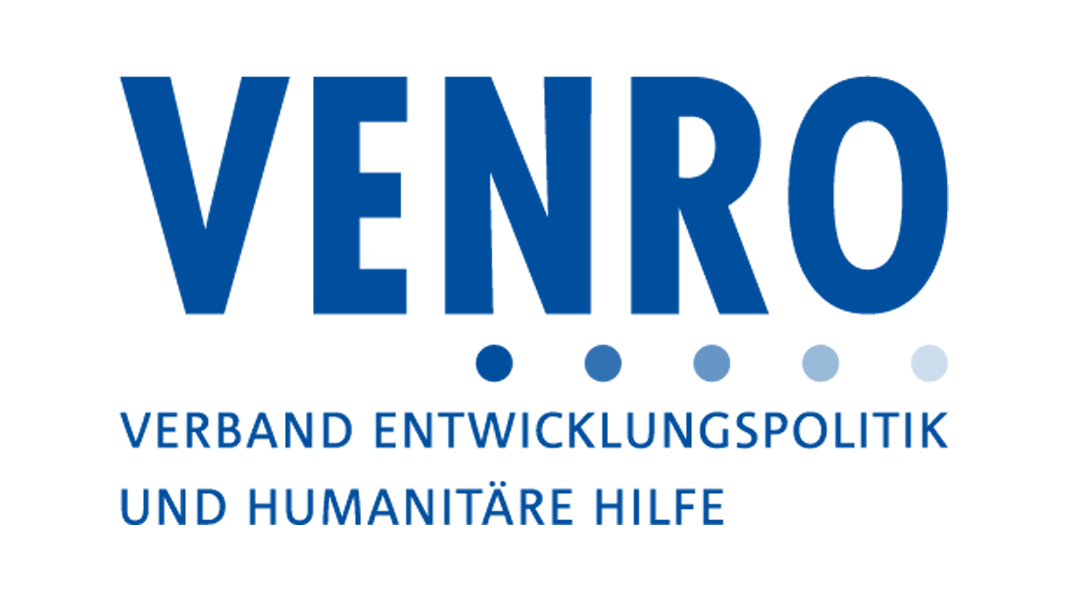VNR 2025 Contribution by VENRO
By establishing areas of transformation and Transformation Teams to implement its Sustainable Development Strategy (SDS), the German government has taken an important step to improve policy coherence for sustainable development. This approach to policymaking across federal ministries in the six areas of transformation has strengthened the international dimension of sustainable development, and it has strengthened the development perspective. In our view, the new German government should demonstrate continuity in this regard and continue to pursue and expand these and/or additional areas of transformation, and strengthen the work of the Transformation Teams. The new German government should once again highlight the international dimension of sustainable development across all areas of transformation.
We welcome the fact that the German government is now addressing negative spillovers in all areas of transformation. Negative spillovers are, for example, human rights violations at supplier companies along the supply chain and harmful greenhouse gas emissions from German industrial enterprises. What is lacking with regard to the areas of transformation, however, is a systematic analysis of spillover effects and how to avoid them. The SDS only mentions examples of spillovers and measures to address them. Overall, it is hard to discern any coherent strategies in the SDS to prevent negative spillovers. Moreover, spillover effects are not sufficiently reflected in the indicators. The German government also fails to differentiate between effects at the national, regional and local levels, which is necessary as the spillovers can have different impacts depending on the level.
The German government should
- integrate in its SDS a systematic analysis of the impacts of Germany's actions in the areas of transformation across national borders, and its impacts on global public goods;
- take account, as statistical capacity is built, of the 2030 Agenda principle of leaving no one behind. This means that suitable gender-transformative indicators are needed to record the specific impacts on persons affected by multiple discrimination. These are indicators that visualise change towards gender equality. Characteristics such as age and disability must also be taken into account. This facilitates appropriate measuring of implementation progress and needs and makes it possible to provide the right information on spillover effects regarding the international (social) dimension – concerning areas such as gender equality, climate change, the food situation, health and human rights in the Global South, and global goods.

